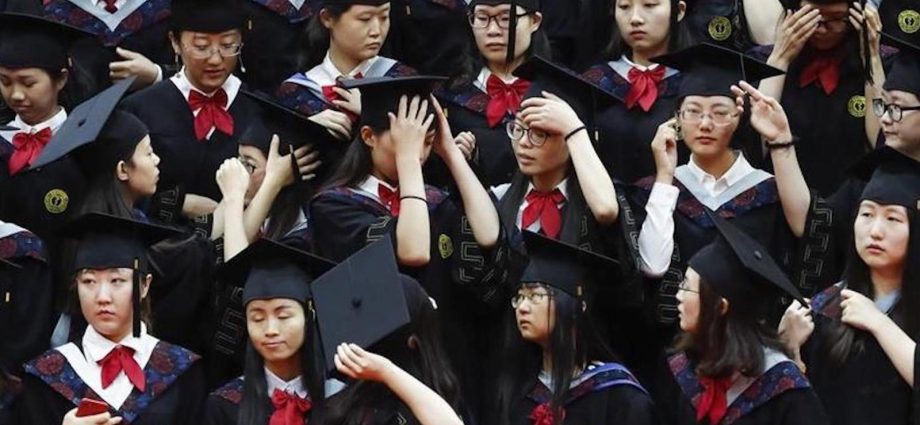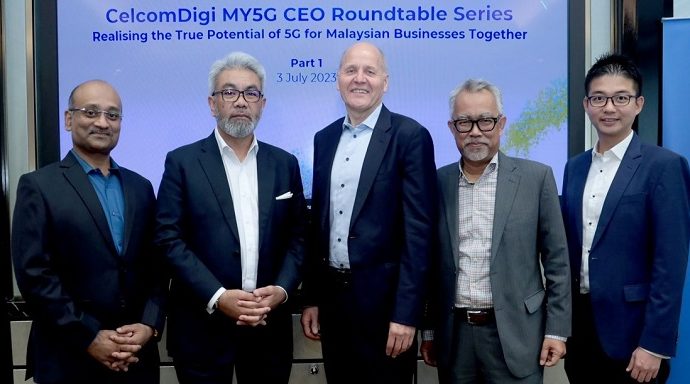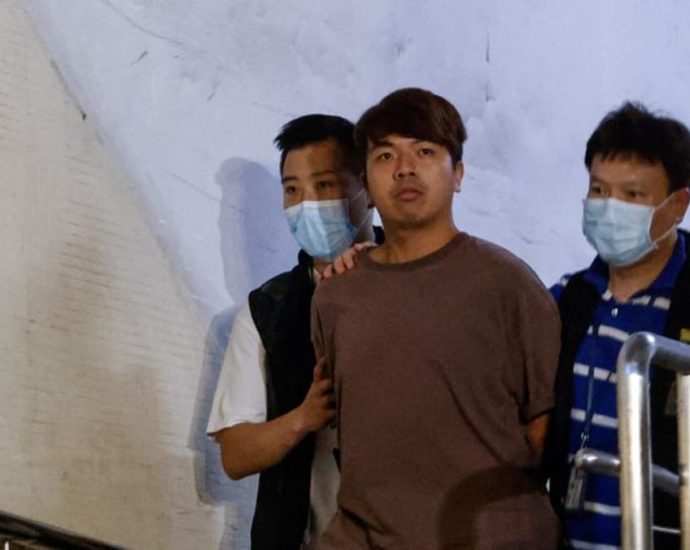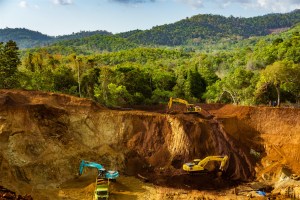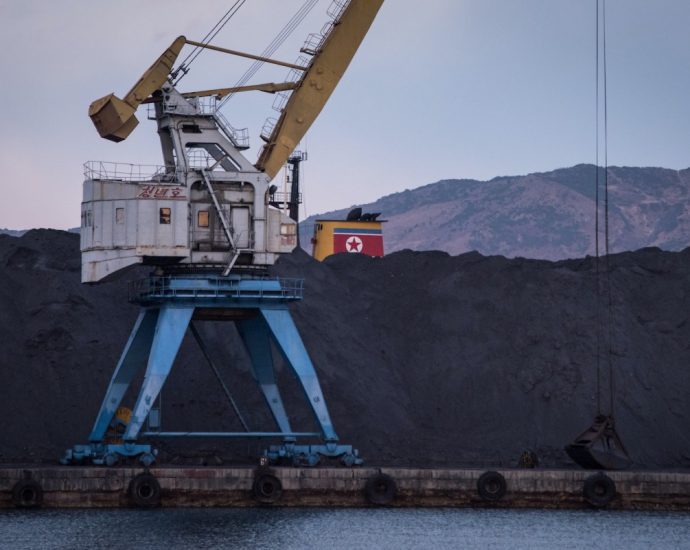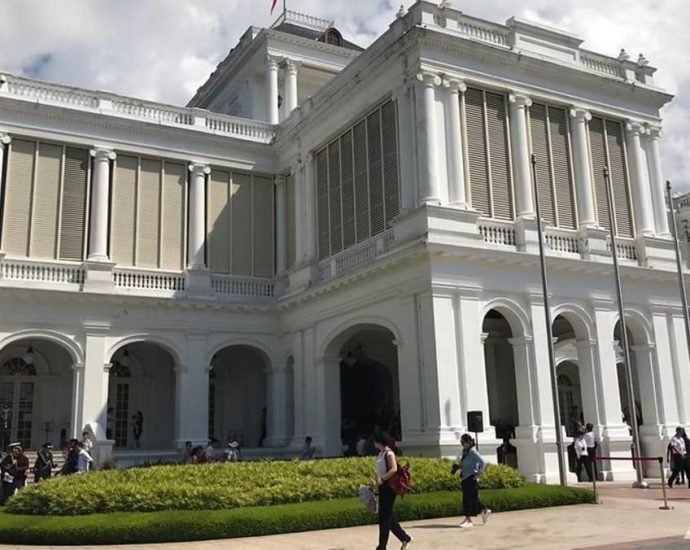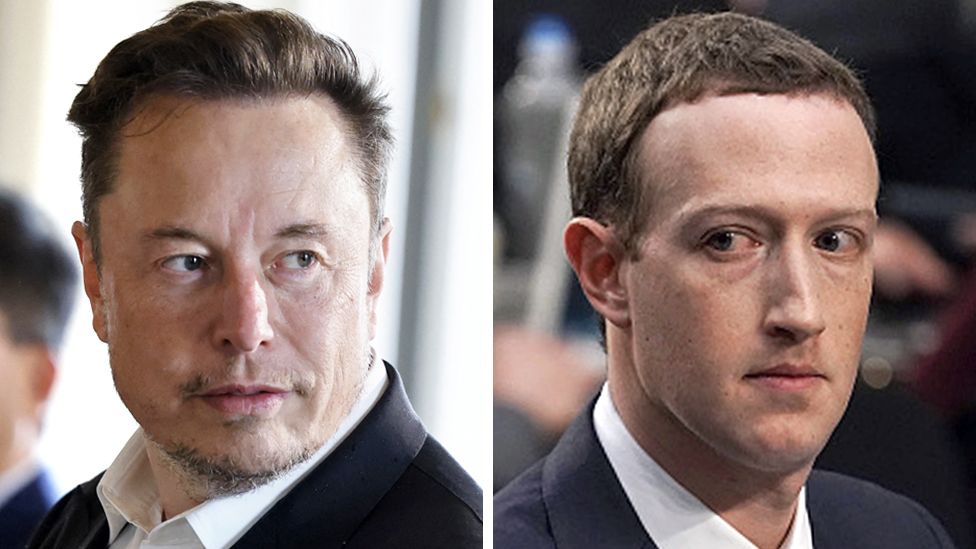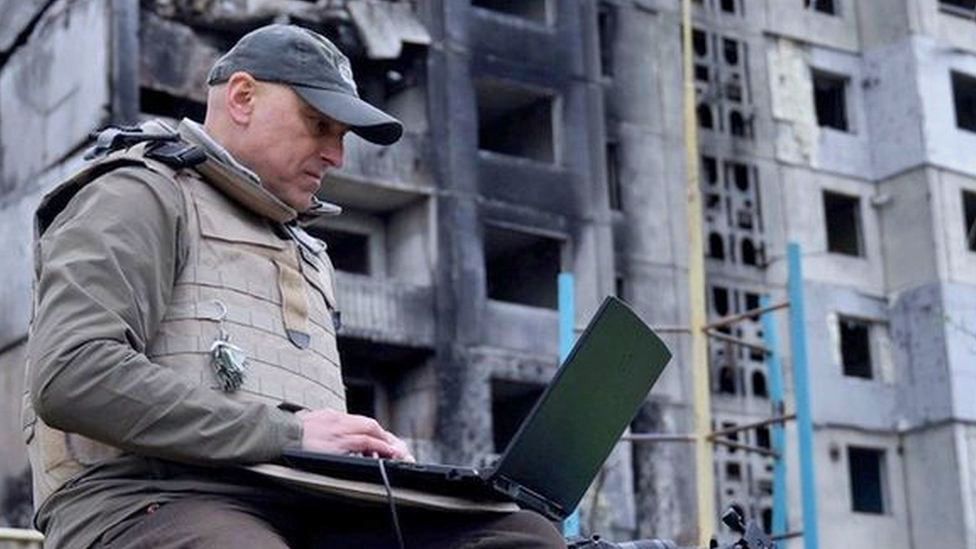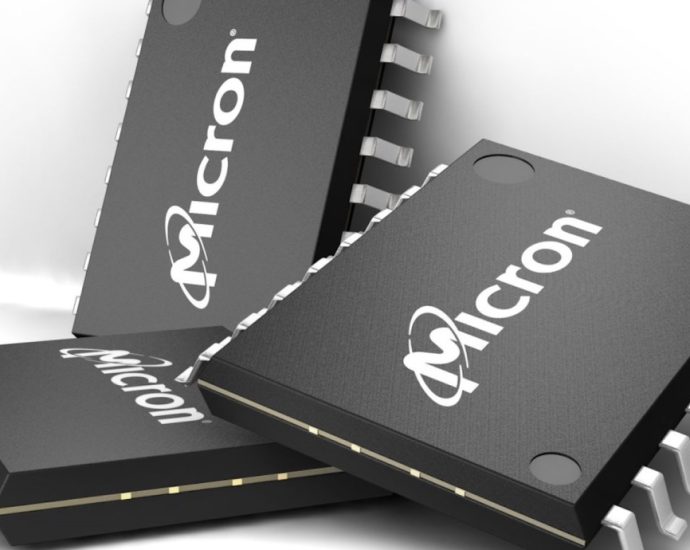Services-demand growth down, PRC spurs consumptionÂ
To deal with indications that China’s growing youth unemployment and weakening domestic demand may have formed a vicious cycle, the country plans to promote “new consumption,” which refers to a retail model emphasizing online sales and mobile payment.
The government made that call following a slowdown in the growth of China’s services activity in the second quarter of this year. The Caixin China services purchasing managers’ index (PMI) decreased from 57.1 in May to 53.9 in June, the slowest growth rate since January this year, according to a statement published on Wednesday.
An official argued that by promoting “new consumption,” which refers to the use of online and offline shopping and mobile payments to upgrade sales channels, China can create new space for domestic demand and stabilize the job market.
“In order to form a strong domestic market, it is necessary for our country to firmly implement the strategy of expanding domestic demand,” the official, Zheng Shanjie, chairman of the National Development and Reform Commission, said in an article published by the Qiushi Journal on Tuesday. Specifically, he said, it’s necessary to “comprehensively promote consumption, accelerate the upgrading of consumption quality, expand investment space and support the innovation of new products.”
Zheng’s remarks follow a June 29 decision by China’s State Council to enact a program that is aimed at encouraging people to buy furniture and home appliances. Under the program, the government will support private companies’ efforts to develop new innovative home-use products to upgrade people’s homes and in the process support China’s economic recovery.
‘Slow employment’
Many young people who cannot find satisfactory jobs and prefer to stay home or go traveling rather than take what’s available now describe their status as having “slow employment,” instead of being jobless. About 18.9% of graduates will choose to have “slow employment” this year, up from 15.9% last year, according to a survey conducted by Zhilian Recruitment, a Chinese human resource agency.
On June 15, the National Bureau of Statistics (NBS) said the jobless rate in China’s urban areas remained unchanged at 5.2% in May from April. The unemployment rate of people aged between 16 and 24 was 20.8% while that of those aged between 25 and 59 was 4.1% last month.
NBS spokesperson Fu Linghui said only about six million young people in China were still searching for jobs – but he did not count the 11.6 million graduates about to enter the job markets. June is graduation season in China as it is in many countries around the world.

A commentary published by the state-owned Economic Daily said the society should find out why young people choose to have “slow employment,” which has so far remained a neutral term but can become another form of “lying flat” over the long run.
“Lying flat” is used in China to describe young people’s rejection of societal pressures to overwork and over-achieve.
The opinion piece said local governments should hold more job-matching activities for those who don’t want to have “slow employment” and more apprenticeship programs for those who want to enter the advanced manufacturing sector.
It said local governments should also regulate and improve working conditions in the private sector so that young people will no longer want to wait and see but take jobs.
On June 25, the Ministry of Human Resources and Social Security launched a nationwide program to create new jobs and push promote job matching in the country. It said that between July and December, each fresh graduate will be given the opportunity to receive at least one vocational guidance session, three job recommendations, one skill training program and one internship opportunity. It said the government may subsidize private firms to increase headcount.
Targeted measures
The 53.9 June growth in the PMI was below the market forecast of 56.2 as consumers scaled back spending on services such as travel and restaurants. Any reading over the 50-point mark indicates a month-on-month expansion while a number below that suggests contraction.
“Both supply and demand of services expanded further in June, but at a slower pace,” Wang Zhe, senior economist at Caixin Insight Group, says in the statement published by Caixin and S&P Global. “The gauges for business activity and total new orders both stayed above 50 for the sixth consecutive month, but logged their lowest readings since January and December, respectively, as the services market saw a weaker-than-expected recovery.”
“A slew of recent economic data suggests that China’s recovery has yet to find a stable footing, as prominent issues including a lack of internal growth drivers, weak demand and dimming prospects remain,” Wang says.
The newly-announced Caixin China services PMI matched with the official non-manufacturing PMI, which fell from 54.4 in May to 53.2 in June.
“It has been the non-manufacturing sector, buoyed by consumer spending, that has been keeping China’s economy growing in the first half of this year,” Robert Carnell, regional head of research, Asia-Pacific, ING, says in a research report published June 30. “But what this data confirms is that the initial surge contained a lot of pent-up demand.”
“Domestic tourism, and dining out have been making up for lost time in the early part of the year. But there is only so long that this can go on,” he says. “Other indicators of retail sales suggest that it remains well above historical trends, and suggests some further moderation over the second half of this year.”
He adds that although the government has already offered companies some tax exemptions, lowered financing costs and stimulated domestic demand during the pandemic, it should continue to monitor the business environment and launch more targeted and effective measures.
Read: China retail sales growth slow, job markets shaky
Follow Jeff Pao on Twitter at @jeffpao3

